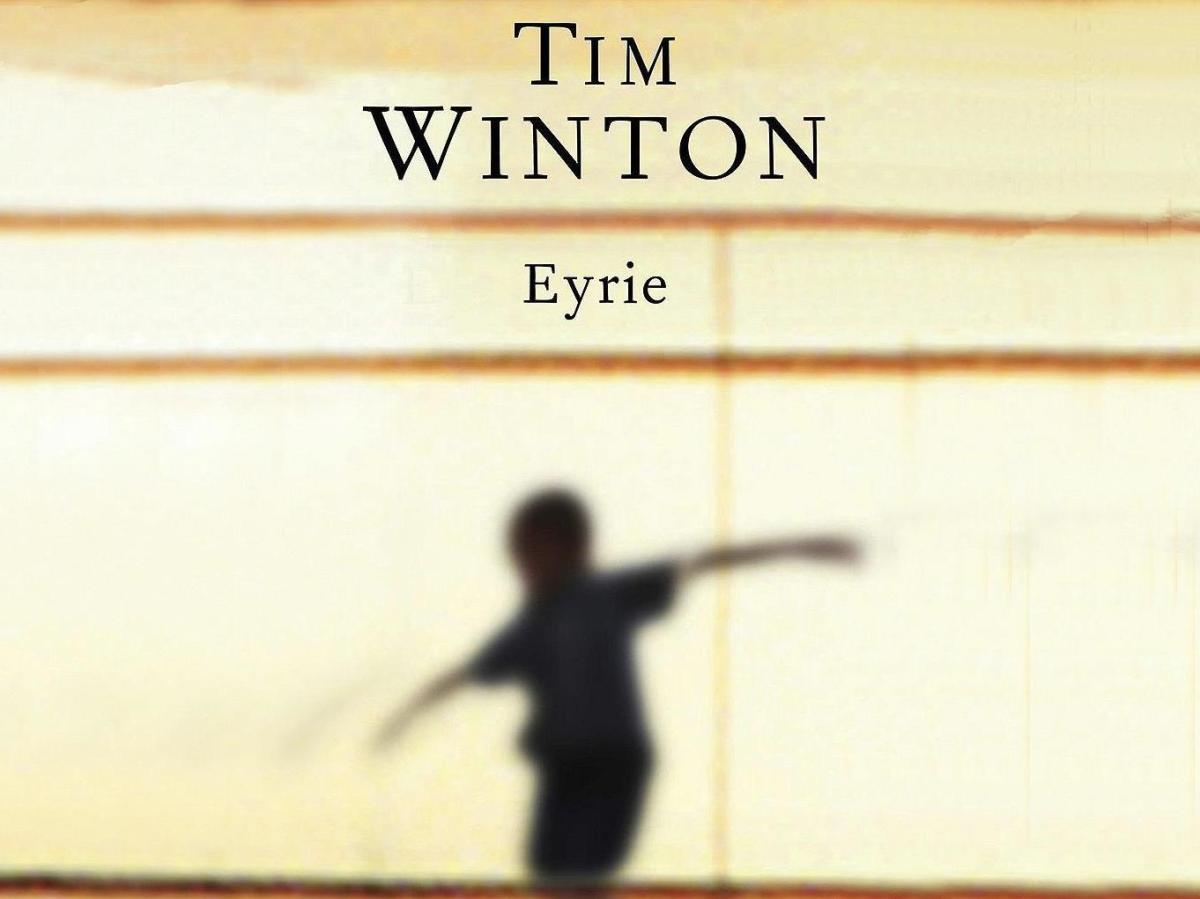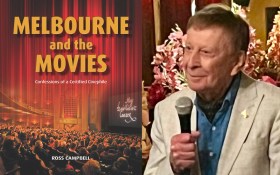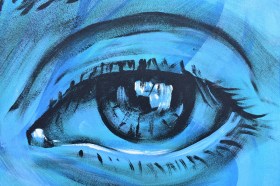Much has been made of Tim Winton’s reasons for naming his Miles Franklin Award-nominated book Eyrie.
Some might consider its meaning as a nest for a bird of prey, but if you’re plugged into contemporary pop-culture you might see another inspiration, even if it most likely wasn’t Winton’s intention.
Google the word and you’ll find that Eyrie is also the name of a stronghold fortress in George RR Martin’s ‘A Song of Ice and Fire’, better known by the title of its TV adaptation, Game of Thrones.
The fortress is incredibly difficult to scale, atop the highest mountain in the land, and in fact becomes so cold and isolated during winter that its residents have to relocate for the most bitter of the season.
On the face of it, Tim Winton’s Eyrie might have few similarities with Martin’s epic fantasy series, but there are some parallels which stuck with me as I digested Winton’s beautifully written and heartrending book.
Like the Eyrie of Games of Thrones perched high on the tallest mountain, Winton’s protagonist Tom Keely lives on an upper floor in a high-rise block of flats.
Coming and going from his bedraggled, stale flat is in many ways as difficult as scaling the mountain to the Eyrie because Keely is completely detached from the world he once lived in. And, just like the snow-covered fortress, icy, ill winds burst into Keely’s slowly unravelling story.
Formerly a high-flyer and accustomed to having a media profile, Keely is now a down-on-his-luck, pill-popping, booze-swilling shell of his former self, quickly running out of money with no prospects to drag himself out of his hole.
In the course of clinging to existence, Keely becomes reacquainted with Gemma, who lives on the same floor in his apartment block with her son Kai, with whom Keely forms a deep attachment.
There is little doubt that the loss of his larger-than-life dad Nev is the charge behind his connection with Kai, but as Keely reveals his father’s flaws, so too do Kai’s struggles and pain become apparent. An additional pressure is Keely’s lost opportunity to become a parent with Harriet, his former wife.
Harriet is one of three female characters who dominate the landscape of Keely’s story; the other two being his mother Doris and his sister Faith.
While Gemma’s character is well-developed through the course of Keely’s story, Doris and Faith remain slightly more distant in terms of detail, in part to demonstrate Keely’s inability to fully connect with them.
Winton’s story asks – how much you can help another human being, how much is enough and how much can you give when you yourself are in a pit of your own despair?
But I think the most overwhelming achievement of this book is as a portrait of modern grief; the grief of living a life you never expected to live, giving up your dreams because someone else’s choices demanded it of you and the grief of isolation and knowing there are people reaching out to you but still not being able to make that connection. Set in Tim Winton’s home city of Perth, you can almost taste the dry heat that only adds to the feeling suffocation in the lives of some of the central characters.
But just like the George RR Martin’s Eyrie, it still feels Winton’s characters are covered in ice, afraid to let down their guard, their exteriors toughened through hardship. The beauty of this book and its story is that far, far beneath that exterior there is warmth and a spark of hope.
Like the pronunciation of the book’s name, ‘airy’, there is just a very small hint of a fresh breeze blowing through Winton’s narrative. Even though sometimes icy hands slip when trying to hold each other, the fact that there are hands extended at all is a good start.
Rating: 4 out of 5 stars
Eyrie
By Tim Winton
Hardcover
432 pages
RRP: $45
ISBN: 9781926428536
Hamish Hamilton (Penguin Books)





